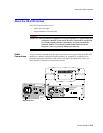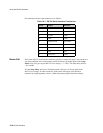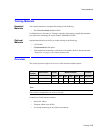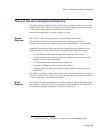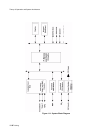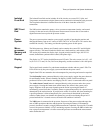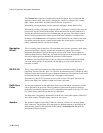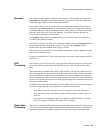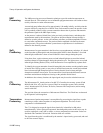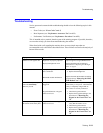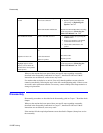
Theory of Operation and System Architecture
Training
11-5
Theory of Operation and System Architecture
This section contains a high level overview of the theory of operation of the major functional
modules of the monitor. Philips service providers perform Bench Repair at the assembly level.
For this purpose, they should review this high level information.
Please be aware that Philips only stocks assembly level parts.
System
Overview
The monitor is a full function monitor for use on adult and pediatric patients.
The functions performed by the system include monitoring patient ECG, heart rate,
respiration rate, blood pressure, blood oxygen saturation, carbon dioxide
1
, and temperature.
In addition to monitoring and displaying the status of these physiological parameters, the
instrument performs various microprocessor-programmed analytical functions, such as:
• Creating both visual and audible alarm signals when set limits are violated.
• Creating and displaying warning messages when conditions are detected that would
degrade or prevent valid measurements.
• Creating and displaying trend waveforms or tabular data.
• Providing a synchronizing pulse for defibrillator operation.
• Providing input to an optional recorder for printout of current or trend waveforms or
tabular data.
The monitor is essentially a battery-powered instrument. An internal charging unit is designed
to accept an external AC line voltage. The charger uses the external power source to maintain
a "float" voltage source available from the batteries.
Block
Diagram
The functions are represented graphically in the following figure. Each section of the System
Block Diagram is described briefly in the text that follows the illustration. This is followed by
more detailed descriptions of the theory of operation of each block.
1. Carbon Dioxide (CO
2
) monitoring is available only with C3 Sedation models.





